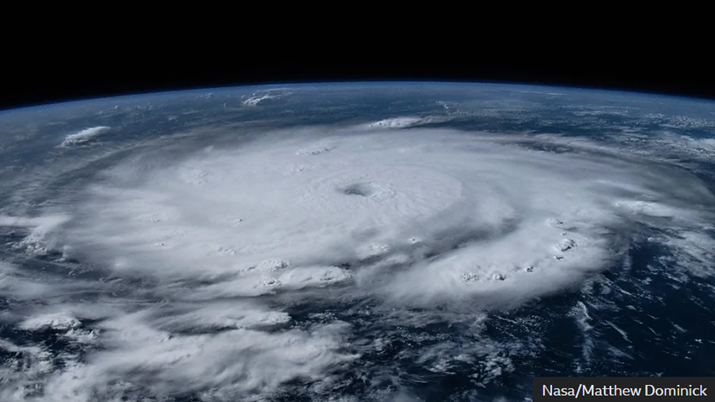
The Evolving Nature of Modern Hurricanes
Changing Patterns and Increased Destruction
Modern hurricanes are transforming in behavior due to the climate crisis, making them less predictable and more dangerous. Hurricanes, powered by ocean heat, are now cutting different paths, slowing down, and intensifying rapidly, leading to unprecedented destruction.
Longer Hurricane Seasons
Climate change has extended the hurricane season, starting earlier and lasting longer. Warmer ocean temperatures, driven by climate change and phenomena like the transition from El Niño to La Niña, are making conditions favorable for hurricanes earlier in the year. This trend suggests future hurricane seasons could start sooner and be more prolonged.
Unexpected Intensification
Hurricanes are forming and intensifying under conditions previously thought to suppress them. For instance, Hurricane Lee in 2023 rapidly intensified into a category five storm despite high wind shear, which usually weakens hurricanes. This anomaly underscores the need for better understanding and adaptation strategies.
Rapid Intensification and Increased Peak Intensity
Hurricanes are not only intensifying faster but also reaching higher peak intensities. The warming oceans provide more energy, leading to stronger and more destructive storms. Studies show that the intensity of storms has increased by about 6% per decade since 1979, making hurricanes 25% more likely to reach category three or higher.
Slowing Movement
Hurricanes are moving more slowly along their paths, leading to prolonged periods of heavy rainfall and increased wind damage. This slowdown is attributed to the uneven warming of the globe, particularly the Arctic, which affects temperature gradients and wind patterns.
Increased Rainfall and Flooding
Slower-moving hurricanes can dump more rain over a given area, exacerbating flooding. Warmer air holds more moisture, contributing to heavier rainfall during storms. The combined effect of increased moisture and slower movement makes hurricanes more devastating.
Changing Tracks
Hurricanes are shifting their tracks, moving away from the tropics towards higher latitudes. This shift exposes new regions to extreme storms, increasing risks for communities previously unaccustomed to such weather events.
Erosion of Protective Barriers
Climate change is weakening the natural barriers that protect certain regions from hurricanes. The pattern of wind shear over the Atlantic, which previously provided some protection to the US, is eroding, potentially exposing the mainland to more intense storms.
Impact of Reduced Air Pollution
Efforts to reduce air pollution have inadvertently warmed the Atlantic by decreasing the cooling effect of industrial pollutants. This has contributed to higher ocean temperatures, further fueling hurricane activity.
Rising Sea Levels and Storm Surges
Sea level rise, driven by climate change, exacerbates the impact of hurricanes as storm surges become more destructive. Studies show that storm surge waves are growing in size and intensity, increasing the risk of coastal flooding.
Adaptation Strategies
To mitigate the impacts of changing hurricanes, adaptation is crucial. This includes restricting coastal development, implementing building adaptations, and enhancing early-warning systems. Natural solutions, like planting vegetation and restoring oyster beds, can also help protect vulnerable areas.
As hurricanes continue to evolve due to climate change, understanding and adapting to these changes is essential. While we cannot reverse climate change overnight, proactive measures can help minimize damage and protect communities in the path of these increasingly powerful storms.